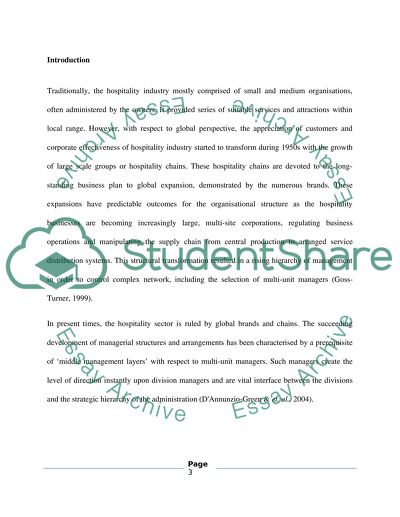Cite this document
(“Human Resources Strategy in Multi Unit Service Organisations Assignment”, n.d.)
Retrieved from https://studentshare.org/tourism/1395967-human-resources-strategy-in-multi-unit-service
Retrieved from https://studentshare.org/tourism/1395967-human-resources-strategy-in-multi-unit-service
(Human Resources Strategy in Multi Unit Service Organisations Assignment)
https://studentshare.org/tourism/1395967-human-resources-strategy-in-multi-unit-service.
https://studentshare.org/tourism/1395967-human-resources-strategy-in-multi-unit-service.
“Human Resources Strategy in Multi Unit Service Organisations Assignment”, n.d. https://studentshare.org/tourism/1395967-human-resources-strategy-in-multi-unit-service.


